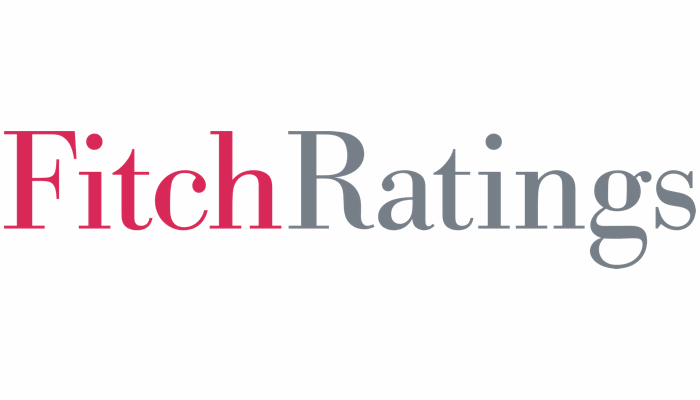A new report from Fitch Ratings has suggested that EU insurers are likely to keep their exposure to crypto assets minimal if proposals to set the Solvency II risk charge for such assets at 100% are adopted.
 According to the rating agency, the European Insurance and Occupational Pensions Authority (EIOPA) recently recommended the capital charge to reflect the “volatility and risks” associated with crypto assets.
According to the rating agency, the European Insurance and Occupational Pensions Authority (EIOPA) recently recommended the capital charge to reflect the “volatility and risks” associated with crypto assets.
“EIOPA’s advice, requested by the European Commission, seeks to ensure prudent treatment of crypto assets within the Solvency II framework. The lack of clear crypto asset classification under Solvency II leads to them being categorised as either intangibles or Type 2 equities (those not listed in regulated EEA or OECD markets),” Fitch explained.
The rating agency additionally warned that hidden crypto exposures through investments in bonds or equities pose additional challenges, as insurers investing in corporations involved in crypto-related activities or holding crypto as treasury assets may inadvertently increase their risk.
With this in mind, Fitch has suggested that the high proposed charge would be a strong regulatory deterrent against material investment in crypto assets.
“EIOPA suggests that no diversification benefit should be assumed due to the limited supporting evidence. EIOPA also recommends that crypto assets fall under the intangibles module in the standard formula, which implies that hedging would not be recognised and the gross crypto position would be charged – a harsher treatment than that being implemented for banks by the Basel Committee on Banking Supervision,” Fitch said.
Fitch has estimated that even a small allocation of less than 1% into crypto assets could lead to a double-digit fall in an insurer’s Solvency II ratio, depending on the charge that had been applied to the replaced asset class.
The rating agency continued, “EU insurers already appear to have very little appetite for crypto assets. Direct exposure was just 0.0068% of sector assets at end-2023, according to EIOPA.
“We believe this reflects insurers’ concerns about the extreme price fluctuations, market manipulation and security issues associated with crypto assets.
“Over 90% of crypto exposure was in Luxembourg and Sweden, where the investments are typically structured within funds, such as exchange-traded funds, and held on behalf of unit-linked policyholders. This means that the market risk is borne by the policyholders and does not affect Solvency II ratios.”
Fitch concluded, “The proposed 100% charge would be the highest applied to any asset class under the Solvency II standard formula market risk capital requirement, reflecting the recorded volatility of major crypto assets, such as Bitcoin and Ethereum.
“In comparison, equities face charges ranging from 22% to 49%, with adjustments based on equity market levels to reduce pro-cyclicality. Property investments are charged at 25%, while some private credit investments face relatively modest charges.
“For example, mortgage loans of sufficient quality are subject only to counterparty credit risk under Solvency II, with no market risk charge if the loan-to-value ratio is under 60%.”









